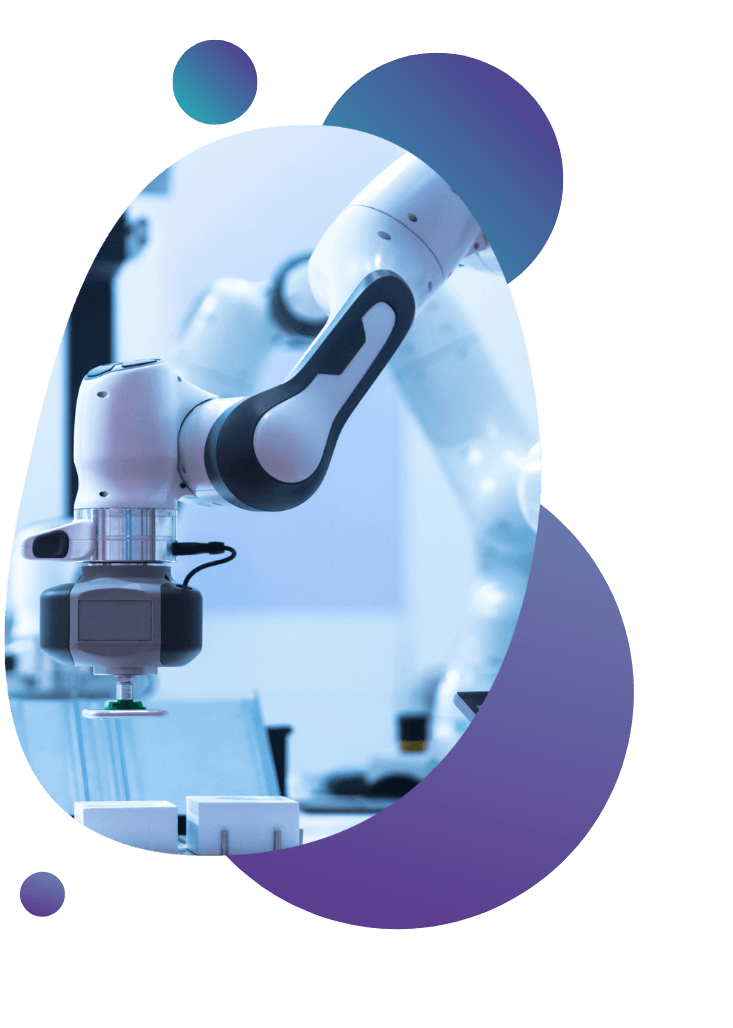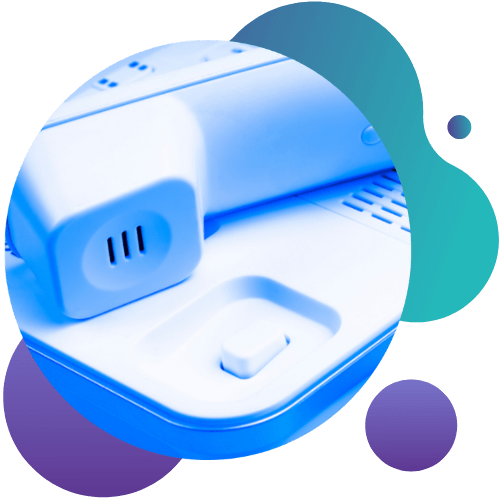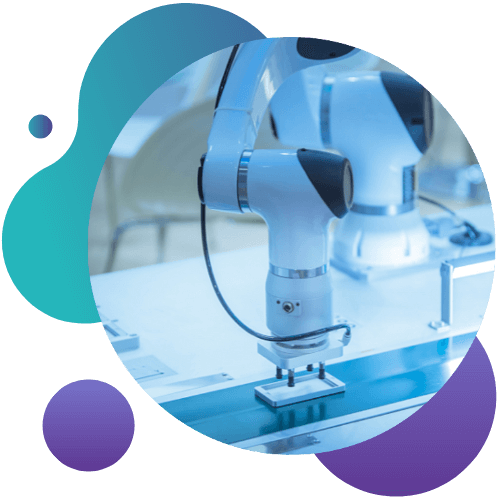Asset Finance
Asset finance is sometimes called ‘equipment finance.’ It involves spreading the cost of products (such as computers and machinery) over a series of manageable installments.
Essentially, you will be able to pay for business critical assets with your cash flow, not your reserves. You can then save money to invest in your staff and grow your company.
Synergi Finance generally offers two types of asset finance. These include leasing and hire purchase. However, certain types of loan (like a ‘tech loan’) can be offered instead.
Leasing is a lot like renting. You will not be recognised as the owner of your products. Leasing is therefore used when the asset is ‘soft,’ meaning it rapidly goes down in value.
Whereas with a hire purchase, you will be recognised as the owner. This is useful when the equipment in question is a ‘hard asset,’ which will retain its value for a longer time.
Asset Finance
What is Asset Finance?
Asset finance is sometimes called ‘equipment finance.’ It involves spreading the cost of products (such as computers and machinery) over a series of manageable installments.
Essentially, you will be able to pay for business critical assets with your cash flow, not your reserves. You can then save money to invest in your staff and grow your company.
Synergi Finance generally offers two types of asset finance. These include leasing and hire purchase. However, certain types of loan (like a ‘tech loan’) can be offered instead.
Leasing is a lot like renting. You will not be recognised as the owner of your products. Leasing is therefore used when the asset is ‘soft,’ meaning it rapidly goes down in value.
Whereas with a hire purchase, you will be recognised as the owner. This is useful when the equipment in question is a ‘hard asset,’ which will retain its value for a longer time.
Why should you use asset finance?
When you invest in your company assets through finance, you will pay for these products over a series of manageable installments. The income which the equipment generates might even cover the repayment amount.
Once an asset finance agreement has been activated, the repayments are fixed throughout your term. Changes to interest rates won’t affect you. You can then forecast your outgoings and budget for repayments easily.
Asset finance allows you to invest into business critical equipment without eating into your savings. You could invest into multiple products, repay the finance with your cash flow, and keep your money in the bank.
Employing asset finance can be tax efficient, whether you want a product to be on your balance sheet or not. A lease allows you to declare repayments as expenses. And a hire purchase allows you to claim tax relief.
Asset finance agreements do not normally require a deposit to be paid. Often, a small payment is enough to activate the finance. This relieves any of your cash flow concerns. And provides you with a solution quickly.
Synergi’s asset finance solutions have no influence on your existing financial agreements. This means that you can securely make your repayments. And you won’t have to worry about changes to your other contracts.
What can you buy with asset finance?
You can use asset finance to buy a range of products and services. From hardware and software, to manufacturing and plant equipment. Here are some common examples of assets that you can finance:

Office Equipment
Hardware, software, telecommunications, security systems, refurbishments, and office furniture.

Plant, Machinery & Garage Equipment
Cutting machines, drilling machines, compressors, hydraulic lifts, conveyors, and foundry equipment.

Medical Equipment
CT scanners, ultrasound scanners, dispensing robots, nerve monitoring systems, and PMR software.

Surveying Equipment
Commercial drones, propellors, batteries, gambles, cameras, microphones, and mapping software.

Renewable Energy Equipment
Solar panels, biomass boilers, ground source heat pumps, air source heat pumps, space heating, and LED lighting.

Commercial Vehicles
Heavy goods vehicles (HGVs), delivery vans, company cars, cranes, forklifts, tractors, and excavators.
What is a lease?
A lease is a form of asset finance where the buyer is not classed as the ‘legal owner’ of the product. This is because the seller retains ownership of the ‘title’ of the asset.
Owning the title of a piece of equipment is what recognises someone as the owner. This means that the equipment in question won’t go on your company balance sheet.
There are several reasons why someone should do this, with number one being when an asset is ‘soft.’ Soft assets have a low resale amount and rapidly depreciate in value.
As a result, soft assets aren’t profitable to own. Instead, it would make sense to rent them. And that’s exactly what leasing does. You effectively pay to use the products.
When you use a lease, you can get an upgrade when your agreement ends. Or you can also add to a package of products with small increases to the cost-per-month.
What is a hire purchase?
A hire purchase is another type of asset finance. But, unlike a lease, a hire purchase recognises the buyer as the ‘legal owner.’ This is because they are transferred the ‘title.’
When a buyer assumes the role of ‘title owner,’ they can put the asset in question on their company’s balance sheet. And this will make their business look more valuable.
Another advantage of owning the title is that you can sell the equipment on when your agreement ends. That way, you will be able to regain some of the asset’s original value.
However, this is only recommended when the equipment is classified as a ‘hard asset.’ Hard assets depreciate slowly and therefore retain a substantial amount of their worth.
You can normally gain the title of an asset by paying what is called a ‘title fee.’ This is typically a small amount, that’s usually equal to the value of one monthly repayment.























